Cebu: Revisited
Lalawigan sa Sugbo.
by Tony Nievera | May 25, 2015
[article_carousel images=”http://windowseat.ph/wp-content/uploads/2015/05/cebu6.jpg, http://windowseat.ph/wp-content/uploads/2015/05/cebu8.jpg, http://windowseat.ph/wp-content/uploads/2015/05/cebu5.jpg”]
Most visitors heading to Cebu are focused on attractions like Magellan’s Cross, the basilica of the Sto. Niño, the Cebu Taoist Temple, and the markets. Many foreign tourists don’t even venture to visit the city; they simply stay at the resorts in the island of Mactan. These resorts are self-contained with many amenities and facilities; one can fly to Cebu airport and leave without stepping out of Mactan island. Sometimes, I am guilty of doing these, too.
I have visited this island many times to do business at the nearby Atlas mining site in Toledo. During these visits, I enjoy shopping for local delicacies and Chinese ceramic antiques from a well-known antique dealer with sources from nearby Bohol and Mindanao.
When visiting with family, the plan is is usually composed of Mactan resorts–visiting the city sites for a half day, and having side trips to furniture shops exports show rooms.
A lot of new discoveries, however, were made after a friend recently invited me to drive down Oslob to swim with the butanding (whale shark).
Exploring more of Cebu
We left the city early, (I was staying at the Radisson Blue in Cebu City), and in less than three hours, I was swimming with the whale shark near the southern tip of the island of Cebu.
After the encounter with the giant sea creature, we stopped by the municipality of Oslob to take pictures of the old church, the Moro watch tower, and the cuartel ruins built during the Spanish regime. We then stopped and hiked down to the beautiful Tumanog falls.
The next stop was in Boljoon, with a national heritage church and museum and an old escuela catolica.
The drive thru the many seashore towns was very scenic and we stopped at a restaurant on a hill overlooking the sea serving European cuisine. A perfect cool place to rest half way back to the city.
A stop was also made at the Simala church, where thousands of pilgrims line up yearly to pay homage to the Virgin Mary. Many testimonials are left inside this big chapel for those whose illnesses were cured and many more from seamen who passed their certification examinations. Seeing all those mementoes and testimonials was an inspiring experience.
The next day, we decided to enjoy the city and visited the Magellan’s Cross and the basilica of the Sto. Niño, and ate at the famous lechon/grilled food places for lunch and dinner.
This is my best trip to Cebu by far. For future visits, I will most likely include a drive and ferry boat ride to Bantayan island, located to the west of the northern end of Cebu Island. Meantime, here are some photos from the trip.
Sunset at Mactan island, a place where many local and foreign tourists visit. Some visitors spend the entire Cebu stay here, not leaving the confines of the resort.
Swimming with the whale sharks in the municipality of Oslob in the southern tip of Cebu island. An encounter with this giant creature is an exhilarating experience. The butanding is as long and wider than this small banca, some are even bigger than buses.
The majestic Tumalog falls in the mountains of Oslob, North of the bay where the whale sharks are. I was surprised to see the beauty of this tall falls with many water cascading among tall trees and moss covered rocks. The hike thru the steep concrete road was well worth it. Going up, we decided to ride tandem with habal-habal.
We also stopped by the Oslob church (one of the oldest churches in Cebu city), which is surrounded by old buildings including the ruins of a cuartel (Spanish soldiers’ barracks), a cemetery, and a Moro watchtower looking out the sea towards Mindanao.
The seashore town of Boljoon has a national heritage church, museum and a catholic school.
The drive to the southern Cebu from and to the city is very scenic and offers many photographic opportunities and stops for good food and shopping for regional delicacies.

A drive to this part of Cebu island should include a stop at the miraculous shrine of Simala in Sibonga to pay homage to the Virgin Mary and to light one of the many colored candles, each color signifying your intention and request. During the pilgrimage holidays, that long climbing stairway would be filled up by devotees queueing.
Here are some meanings of candles at the shrine: gold for healing, green for prosperity, blue for perseverance, violet for achievement, red for love, yellow for peace, white for purity, orange for reconciliation, pink for thanksgiving, black for forgiveness a, brown for vocation, gray for deliverance, and cream for conversion.
Back to Cebu City, the Magellan’s Cross. This is located in Plaza Sugbo, off Magallanes St, between Colegio de Santo Niño and Cebu City hall.
The Shrine of the Santo Niño. The Basilica del Santo Niño Museum is open from Tuesday to Sunday.
| English | Cebuano |
|---|---|
| Good morning | Maayong buntag |
| Good afternoon | Maayong hapon |
| Good evening | Maayong gabi-i |
| What’s your name? | Unsay ngalan mo/imong ngalan? |
| How much is this? | Tagpila kini/’ni? |
| Excuse me (begging pardon) | Pasaylo-a ko |



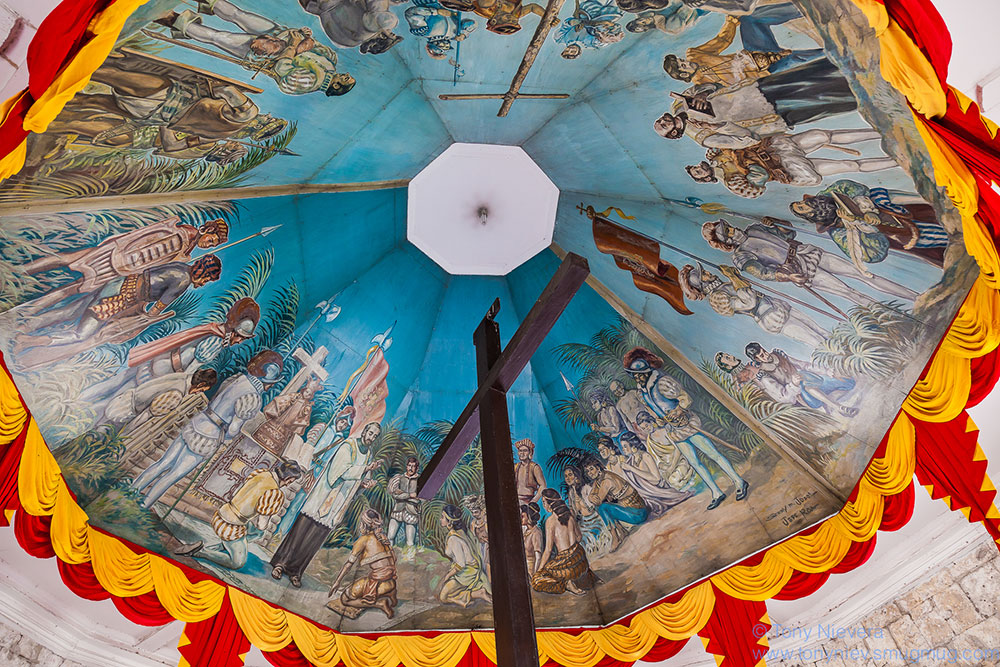

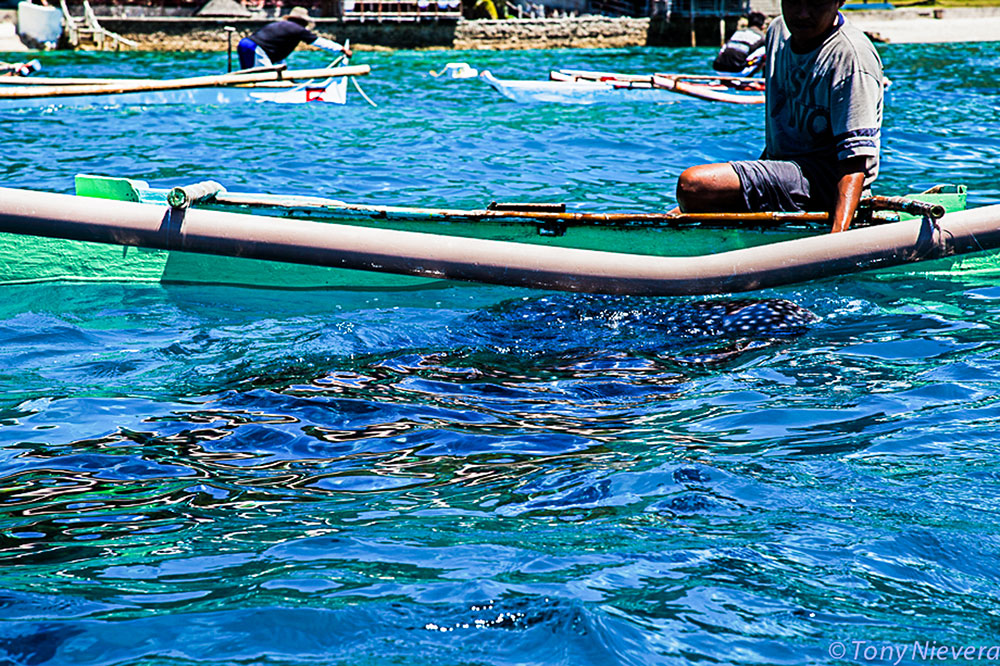
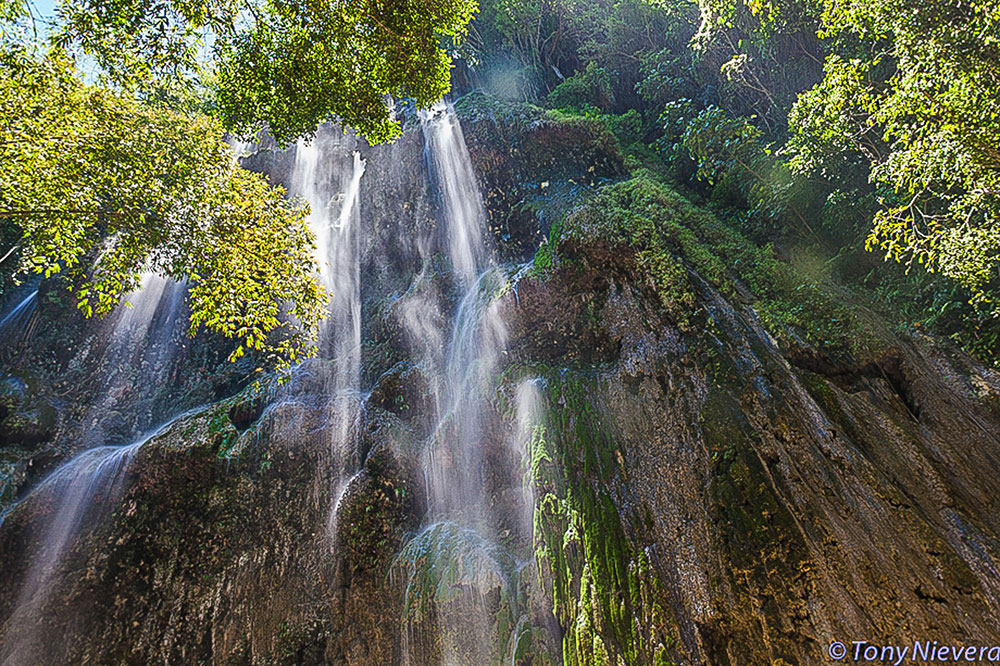
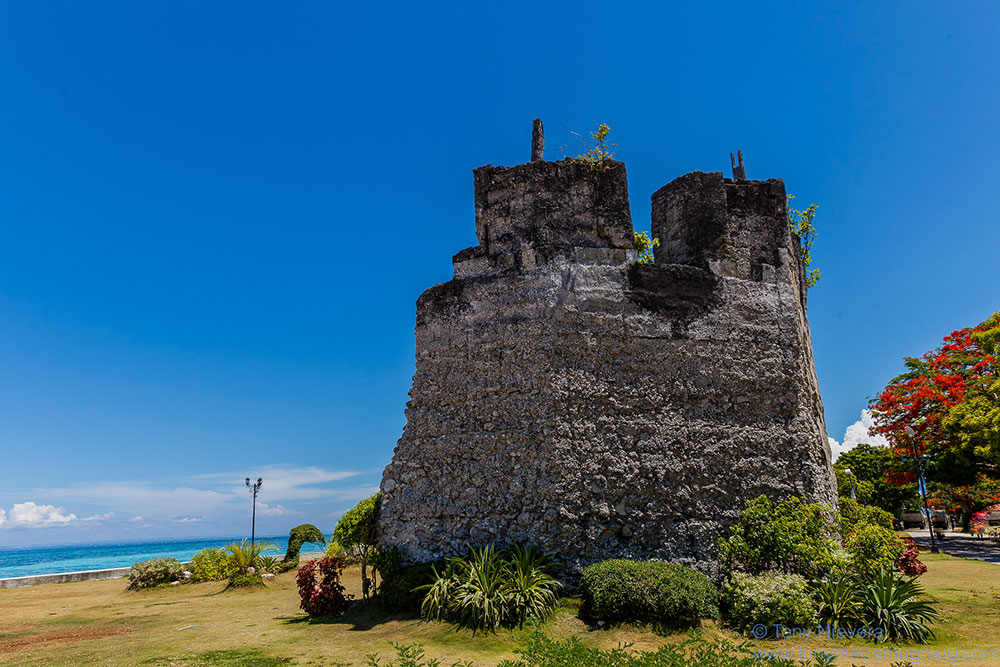
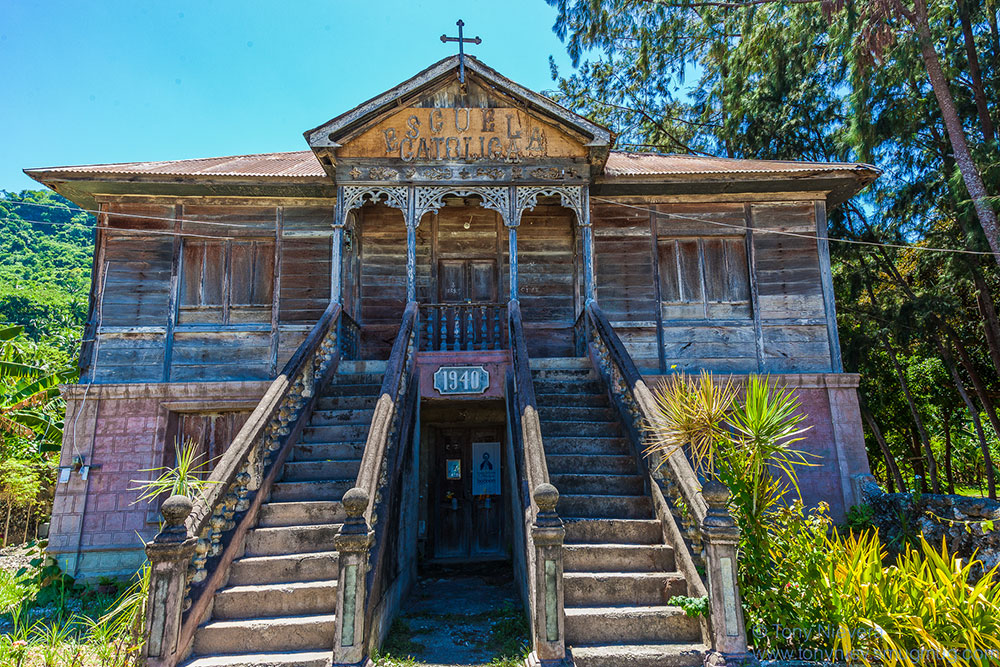
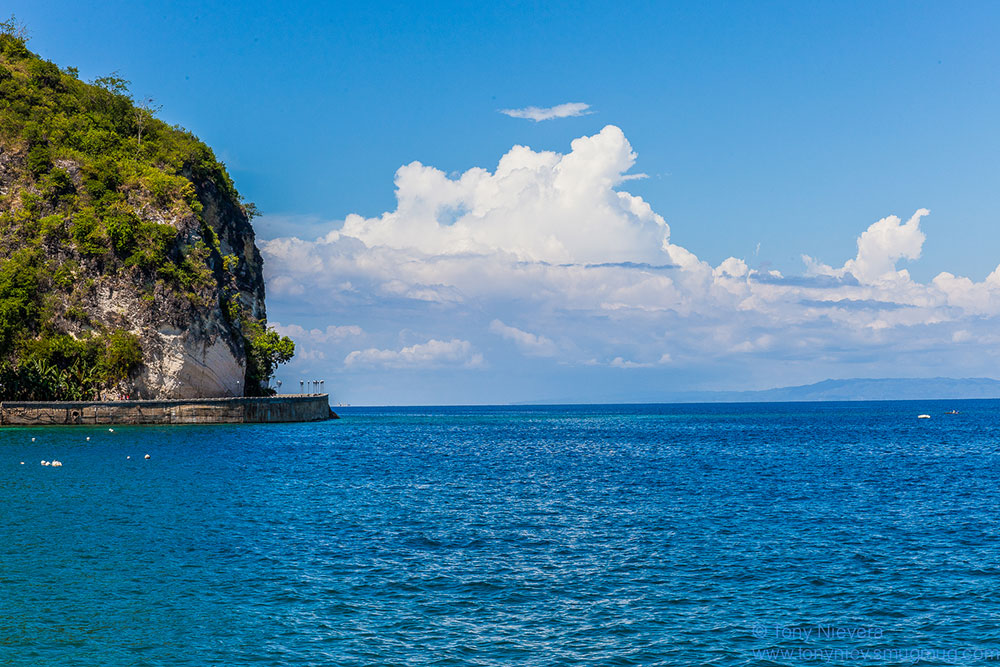

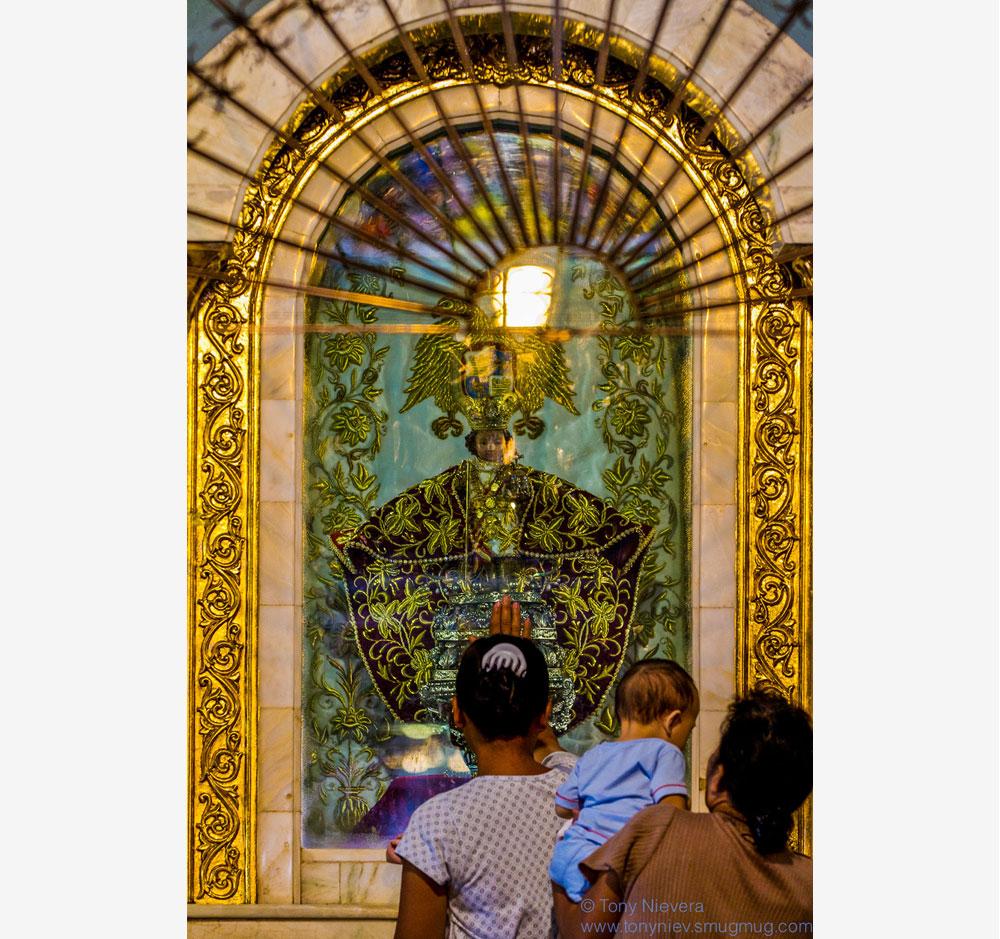


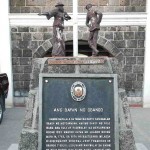
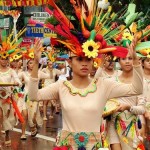
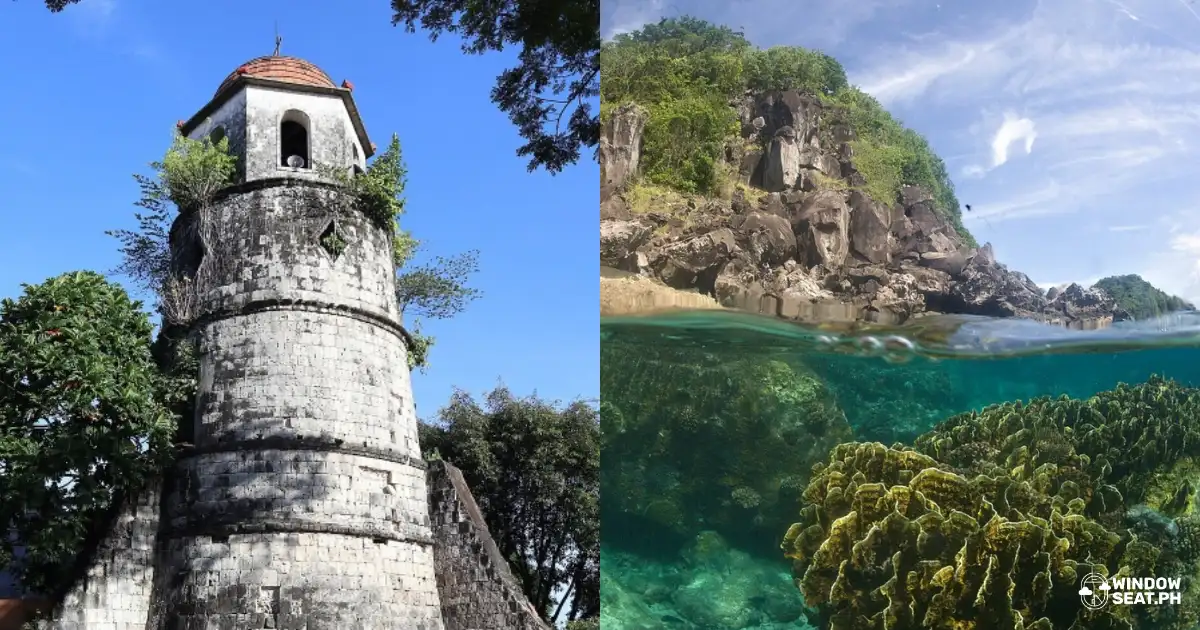
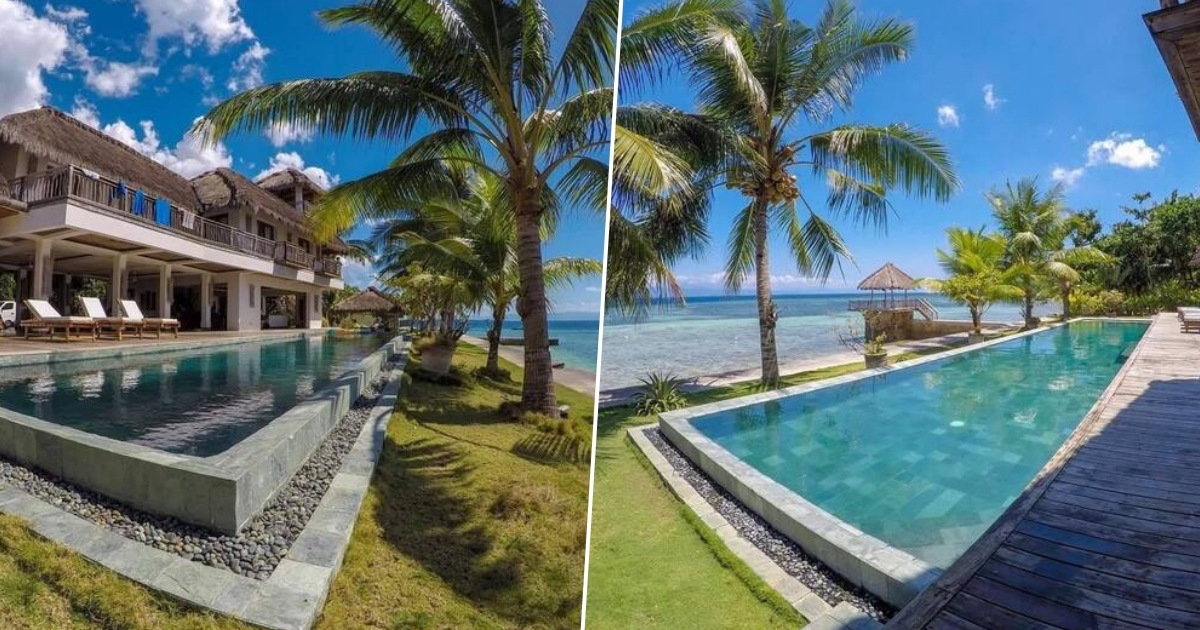
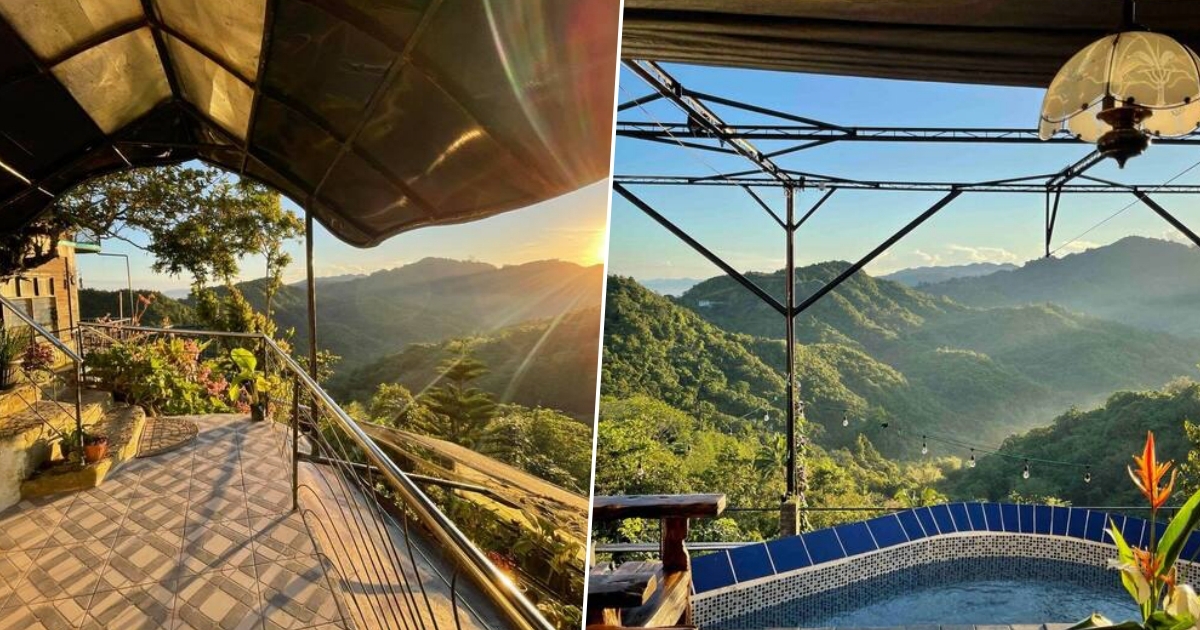
Tony Nievera
I forgot to mention that there are dress codes when visiting the Simala church, our friend was in short pants and covered herself with a malong , seen here lighting three colored candles http://tonyniev.smugmug.com/Travel/Various-Lakbay2012/i-ccXtLVb/0/XL/IMG_8195-XL.jpg
May 25, 2015 at 11:36 pm